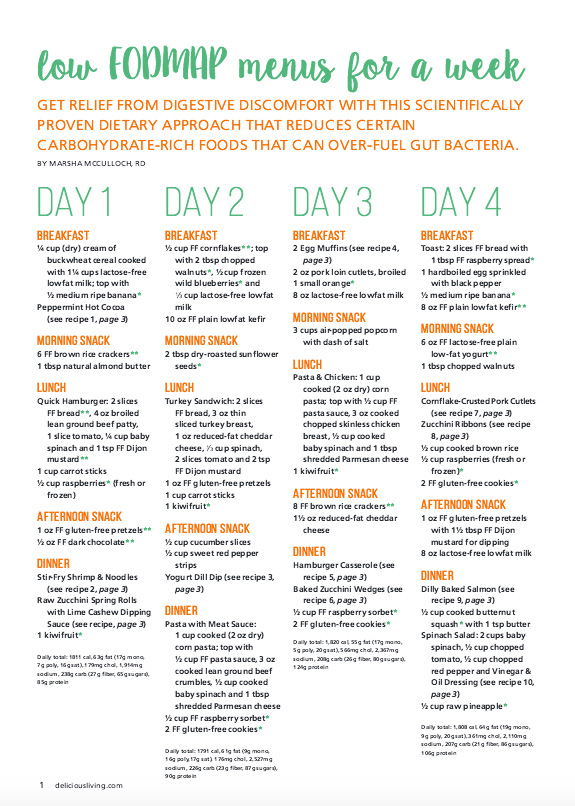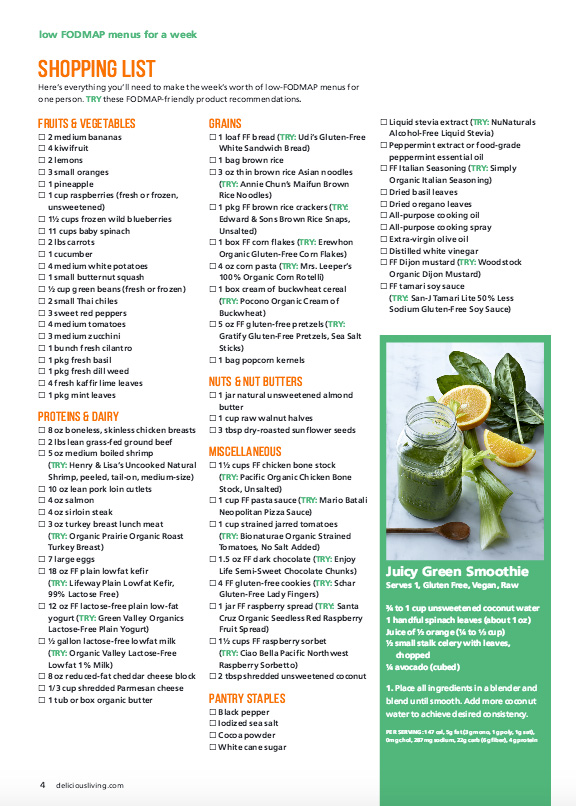When I first went to a gastroenterology doctor to discuss my blood tests that were positive for gluten reactions, his advice to me was not to go through the scope for celiac testing because, and I quote, “Lots of people have trouble digesting wheat. You just don’t eat wheat. That’s all you could do if you were diagnosed celiac anyway.” This struck me as mighty unconventional in an industry that loves to order as many tests as possible, but I followed his advice and I think I now understand that he must have seen people with wheat issues day in and day for decades to form that view. (And this was over ten years ago, before the gluten awareness explosion.) It isn’t just the gluten though, people can have trouble with wheat because of the FODMAPs, which makes wheat a particularly hard food for a lot of people since the protein and/or the carb can be the problem. It’s no wonder so many people find some relief when taking it out of their diet, but it might not be the cure-all they were hoping for. If that sounds like you, don’t get discouraged, there’s more you can do.
While gluten, which is a protein in wheat, rye, and barley, is the issue for celiacs and other people with gluten sensitivity, for others it might be the carbs of wheat, which fall under the FODMAPs acronym. FODMAPs stands for Fermentable Oligosaccharides, Disaccharides, Monosaccharides and Polyols, which are molecules in certain carbohydrates that some people have trouble digesting. Wheat is one of the culprits but other items which fall under the FODMAPs category are beans, many dairy products, some fruits like apples and apricots, and a variety of vegetables such as broccoli and cauliflower. For a complete list, check out Fodmaplife.com but before checking it out you should know two things: 1. the list is extensive and can be overwhelming at first glance, but don’t let it deter you because 2. not everyone reacts to all the items the same. When you start to explore if you are one of the people whose digestive issues stem from FODMAPs, you will need to limit all foods high in FODMAPs, but you then can start adding some back into your diet and experiment with what really bothers your personal system and what can actually be tolerated and at what doses. So, in other words, the list is not a list of foods you can never eat again, think of it merely as a starting point.
An easy way to experiment with this and take the guess work out of your meal planning is to try Delicious Living’s Low FODMAP Menus for a Week. They have put together meals that avoid all the high FODMAP foods and instead focus on healthy foods that are easy on the digestive tract. Here’s a preview of what you’ll find:
If you have gone gluten-free and have found some relief but not total relief, it is worth a week of effort to try low-FODMAP eating to see if you can’t be healthier (and therefore happier). Time to go shopping~
The low-Fodmap diet is often encouraged for people who suffer with IBS. It is worth trying if you have consistent digestive issues that do not fully respond to other diets or remedies as many people find it to be just what they needed. You deserve to feel your best so don’t give up searching for ways to make you feel great on a daily basis. Best health to you and yours. Please subscribe for weekly posts about herbs, natural health, and green beauty, and please share this with anyone who might be interested.



Great post! After having frequent migraines for years I discovered gluten-free. What a difference it made! I’ve been 99% gluten-free for more than a decade. I am going to look into FODMAPS now.
Headaches were my biggest symptom too! Daily ones until I went gluten-free. Glad you found relief too!